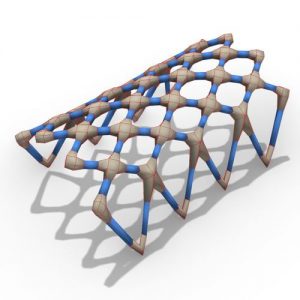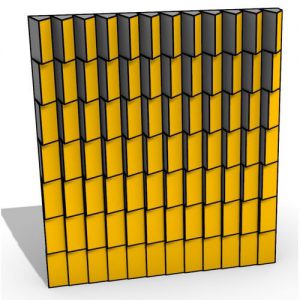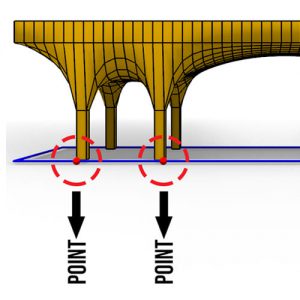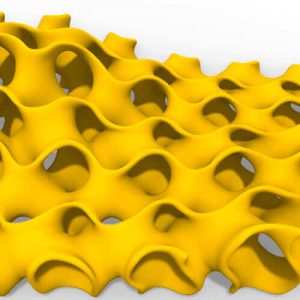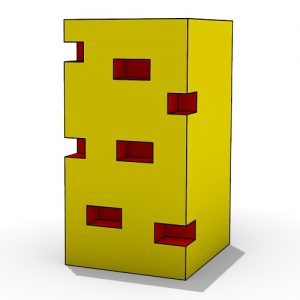Accelerate your Grasshopper learning with our new section: Short Lessons.
Rather than step-by-step tutorials, these video lessons focus on specific Grasshopper example files. We’ll guide you through the core of each algorithm, demonstrating how to utilize it effectively and detailing the relevant inputs and outputs.
Dive into the lessons below!






















